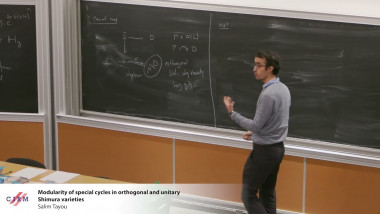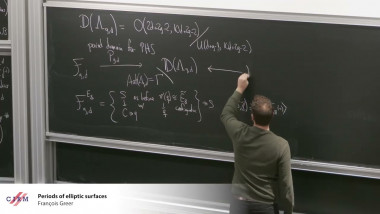Almost periodicity from a model-theoretic perspective
Roth's theorem states that a subset $A$ of $\{1, \ldots, N}$ of positive density contains a positive $N^2$-proportion of (non-trivial) three arithmetic progressions, given by pairs $(a, d)$ with $d \neq 0$ such that $a, a+d, a+2 d$ all lie in $A$. In recent breakthrough work by Kelley and Meka, the known bounds have been improved drastically. One of the core ingredients of the their proof is a version of the almost periodicity result due to Croot and Sisask. The latter has been obtained in a non-quantitative form by Conant and Pillay for amenable groups using continuous logic. In joint work with Daniel Palacín, we will present a model-theoretic version (in classical first-order logic) of the almost-periodicity result for a general group equipped with a Keisler measure under some mild assumptions and show how to use this result to obtain a non-quantitative proof of Roth's result. One of the main ideas of the proof is an adaptation of a result of Pillay, Scanlon and Wagner on the behaviour of generic types in a definable group in a simple theory.
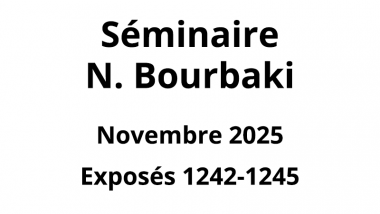
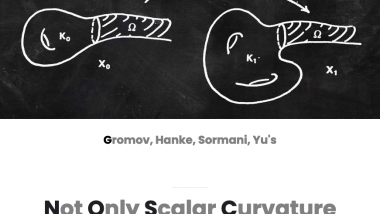
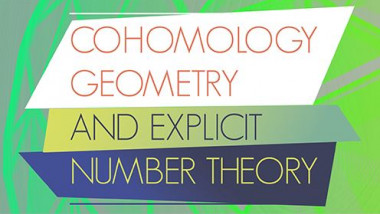










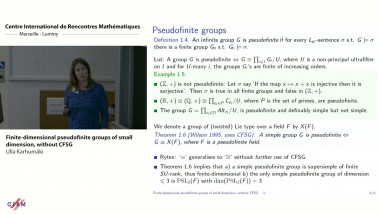
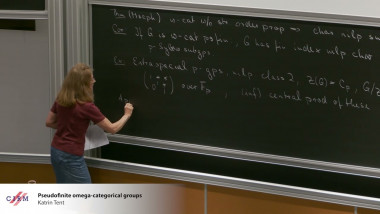
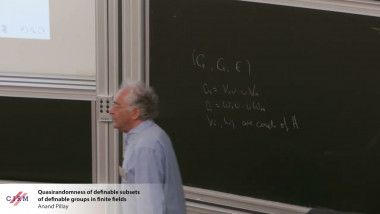
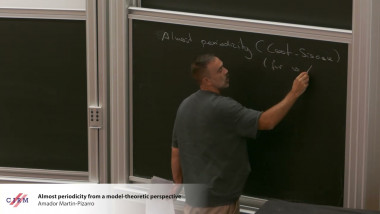
![[1245] Model theory, differential algebra and functional transcendence](/media/cache/video_light/uploads/video/SeminaireBourbaki.jpg)
